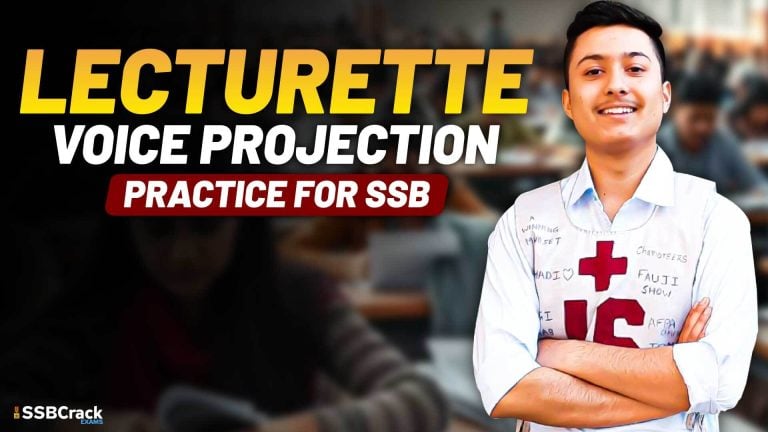Thematic Apperception Test (TAT) is a distinctive component of the Psychological Tests in the Service Selection Board (SSB) interview, designed to assess a candidate’s imagination, emotional intelligence, and thought processes. Understanding what to include and what to avoid in TAT stories is crucial for leaving a positive impression on the assessors. Let’s delve into the essential aspects of crafting TAT stories effectively.
What to Write in TAT Stories:
- Positive and Solution-Oriented Narratives:
- Focus on positive and constructive stories.
- Showcase your ability to perceive challenges as opportunities and provide solutions to problems presented in the images.
- Leadership Traits:
- Integrate leadership qualities into your stories.
- Demonstrate decisiveness, initiative, and the ability to lead others effectively in challenging situations.
- Adaptability and Flexibility:
- Emphasize adaptability and flexibility.
- Showcase your capacity to navigate changing circumstances and adjust plans to meet evolving challenges.
- Teamwork and Collaboration:
- Illustrate instances of effective teamwork.
- Emphasize the importance of collaboration, demonstrating your ability to work harmoniously with others to achieve common goals.
- Emotional Intelligence:
- Incorporate emotional intelligence into your narratives.
- Reflect on characters’ emotions, emphasizing empathy and an understanding of the human element in challenging situations.
- Effective Communication:
- Showcase effective communication skills.
- Demonstrate your ability to convey ideas clearly and concisely, highlighting the significance of communication in leadership roles.
- Problem-Solving Abilities:
- Present strong problem-solving skills.
- Illustrate your capacity to identify challenges, analyze situations, and formulate practical and effective solutions.
- Ethical Considerations:
- Integrate ethical considerations into your stories.
- Align your decisions and actions with moral values, emphasizing integrity and responsibility.
What Not to Write in TAT Stories:
- Avoiding Negativity:
- Steer clear of overly negative or pessimistic narratives.
- Focus on constructive elements and positive outcomes, even in challenging scenarios.
- Minimizing Exaggeration:
- Avoid exaggeration or overly dramatic situations.
- Maintain a realistic and believable tone in your stories.
- Skipping the Resolution:
- Ensure that your story has a resolution.
- Avoid leaving the narrative open-ended; instead, provide a conclusion that demonstrates the effectiveness of your proposed solution.
- Overlooking Team Dynamics:
- Do not overlook the importance of teamwork.
- Even if the picture does not explicitly depict a group, consider incorporating collaborative efforts or the impact of collective actions.
- Neglecting Time Management:
- Be mindful of time management.
- Avoid creating stories that are too lengthy, as assessors may value concise and impactful narratives.
- Ignoring Emotional Depth:
- Do not neglect emotional depth in characters.
- Characters with genuine emotions and reactions contribute to a richer and more authentic narrative.
- Compromising Ethical Values:
- Never compromise on ethical values.
- Avoid scenarios that involve unethical or morally questionable decisions, as this could reflect poorly on your character assessment.
Conclusion: Mastering the art of crafting TAT stories in SSB Psych Tests involves a delicate balance of creativity, positive framing, and authenticity. By emphasizing positive traits, leadership qualities, effective communication, and ethical considerations, you can present a well-rounded and compelling narrative. Conversely, avoiding negativity, exaggeration, and ethical compromises ensures that your stories align with the values of the Armed Forces. Approach the TAT with a strategic mindset, showcasing your strengths while maintaining a genuine and realistic tone to leave a lasting positive impression on the assessors.



















